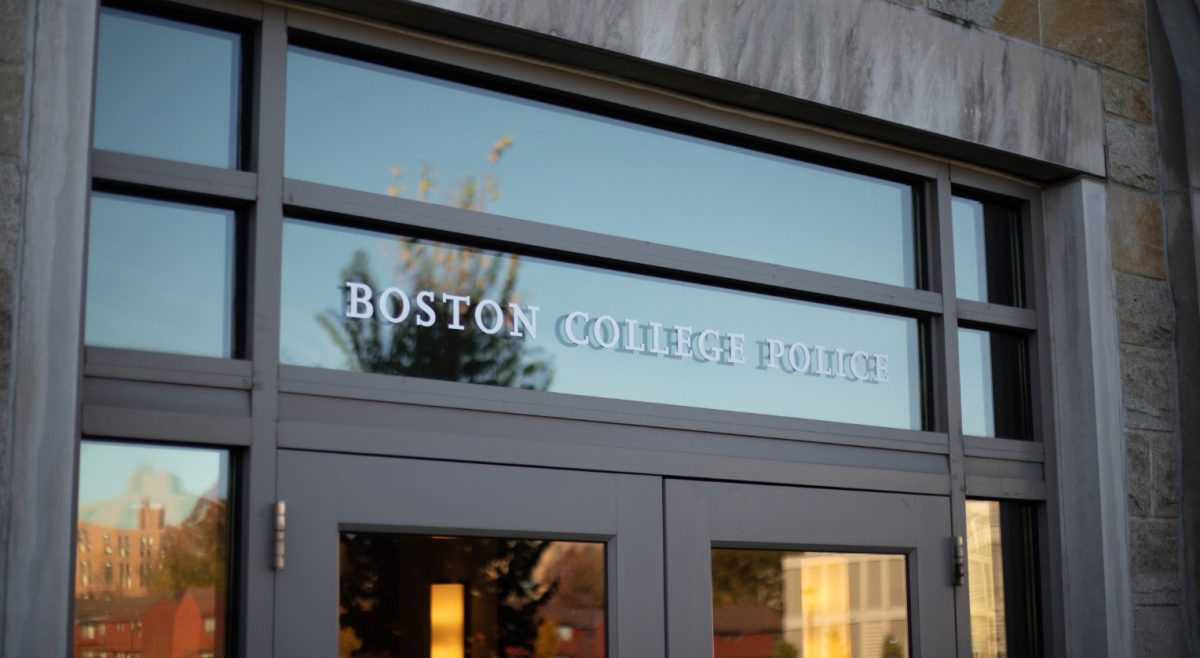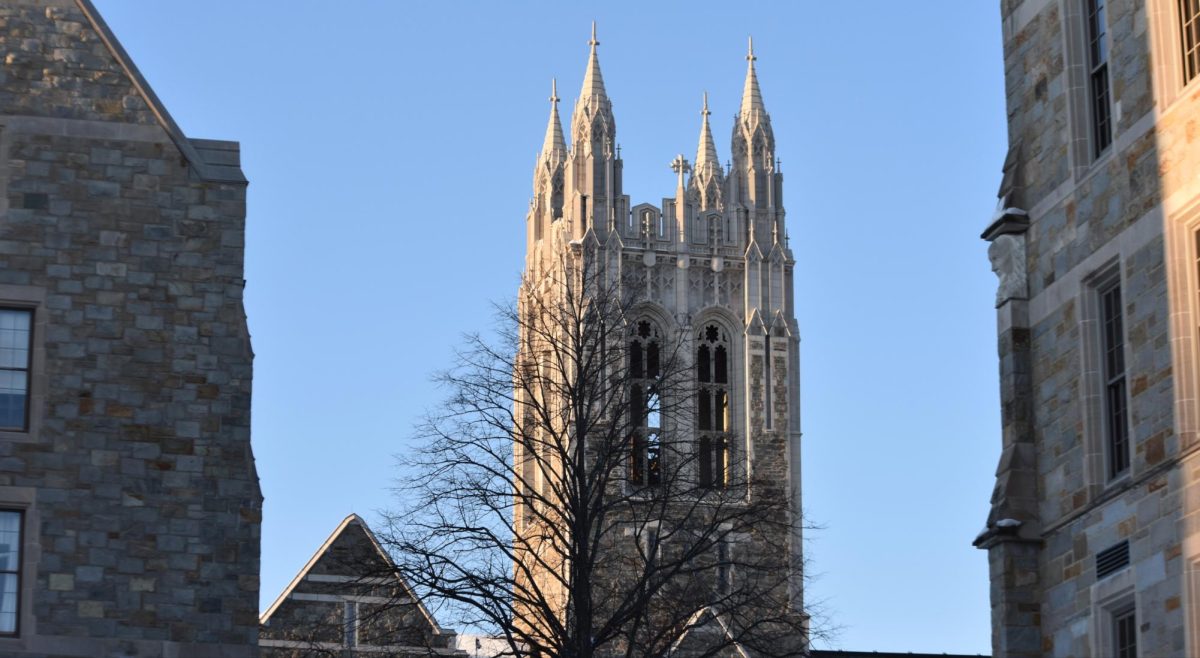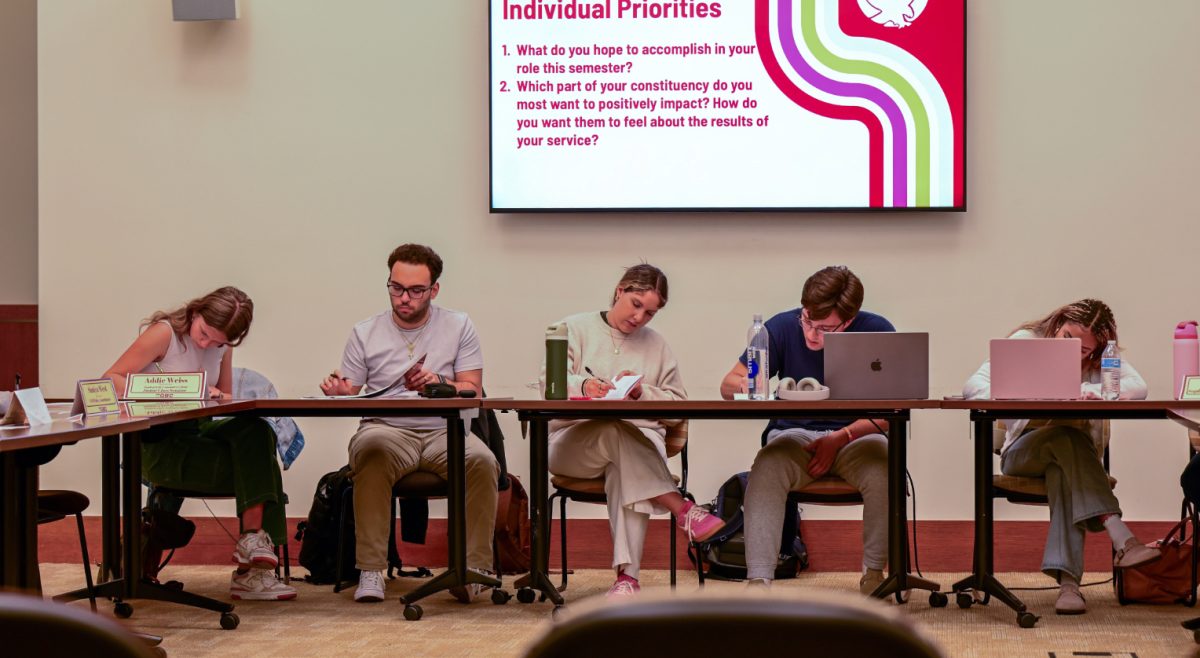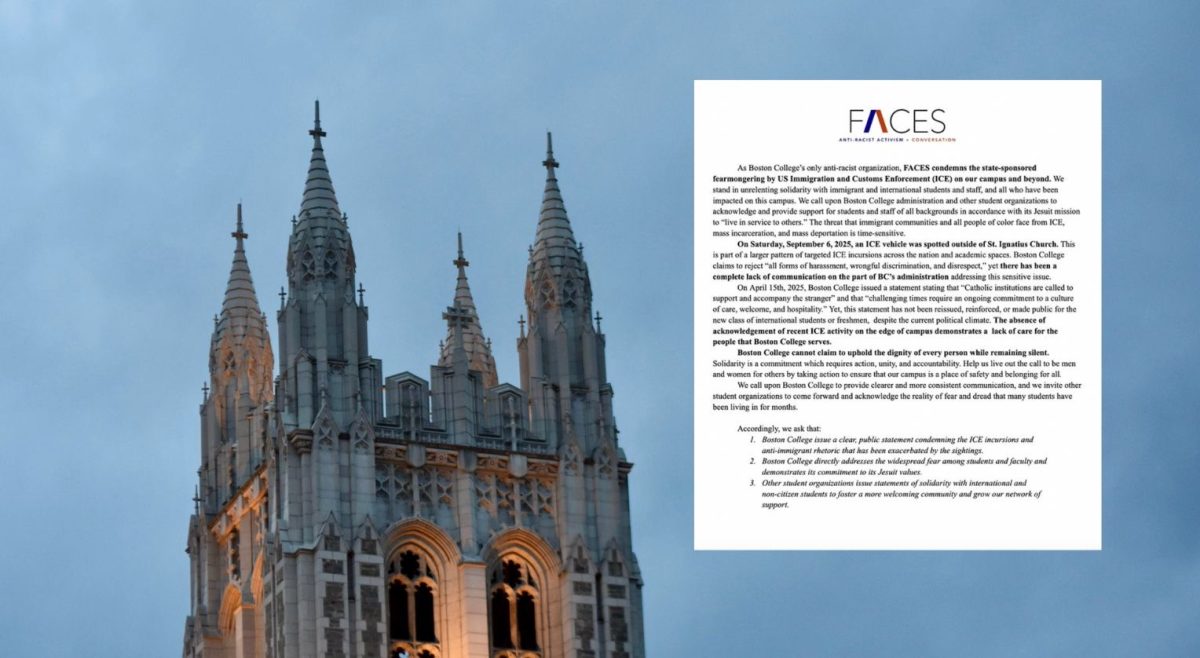Beginning in early October, the fourth floor of Walsh Hall, where Victoria Johnson, MCAS ’18, lives with her suitemates, began its battle with the mice of Walsh. Lasting over five months, select Walsh residents struggled with sharing a living space with mice. Throughout the fall semester, Johnson and her roommates fought their unwelcome guests with pest control, strongly worded work orders, and a tweet to the Office of Residential Life—even their parents joined the fight. By the beginning of spring semester, however, Boston College’s custodial services had built up Walsh residents’ resources.
“It might have been specific floors, but I don’t think it was building-wide,” Nekesa Straker, director of residential education, said. “I don’t even think specific floors, but maybe specific locations.”
Winter is coming, however, and with cooling weather comes an undeniable migration of animals from outdoors to indoors.
“Mice generally don’t like being outside in the colder weather, so they try and find a way into the building, and it doesn’t take much of an opening for them to get into the building,” Gerry Boyle, associate director of custodial services said. “It happens. We’re not mice-free on campus. Students have to put the work order in. Once it’s put in, it’s an email to our outside vendor, who can then respond.”
After seeing—and filming—that first mouse scurry across their floor, Johnson and her roommates put in a work order. The resulting action was standard—three mousetraps in response to the information provided in the work order—but the mouse did not fall for any of them. With growing frustration about the mouse roaming around their apartment, Johnson and her roommates phoned a friend to help.
“Our friend was there for like three hours, and finally managed to capture it,” Johnson said. “So he did more than pest control did. But even after we got rid of the first one, we kept seeing another one roam around.”
By putting in work order after work order with each mouse sighting, Johnson and her roommates followed what Boyle stated to be the correct protocol. According to Johnson, however, the helpfulness of pest control seemed to decrease with every work order they filed.
“It happens. We’re not mice-free on campus.”
– Gerry Boyle, associate director of custodial services
Boyle explained that if traps are set, yet mouse activity is still being reported, pest control will go to the unit and react based on the information given. Generally, they will look around the mentioned locations of mouse sightings for holes or other ways of entry for mice, then block them. Pest control will also lay down more mousetraps, as needed, in response to the content of the work order. Straker and Boyle both said they were unsure about the exact number of suites in Walsh affected.
Boyle continuously emphasized the importance of the work order, as this is all pest control has to react based on. What Johnson experienced, however, left her and her suitemates increasingly frustrated with the seeming inaction from pest control, despite strongly worded work orders.
“Sometimes they’d just put an extra sticky paper pad or something, but they weren’t really doing anything,” Johnson said. “We’d have mousetraps that just weren’t even set anymore, like they snapped and they just didn’t fix them. They weren’t really doing anything.”
Johnson’s seemingly futile efforts against this unwelcomed fuzzy foe carried on until Winter Break. During Winter Break, custodial service’s action was fivefold, according to Boyle. Its first order of business was to check in on the apartments that had previously put work orders in for mice. Workers checked, reset, and cleared traps as needed. Once existing traps were addressed, they put additional bait and traps in the ceilings.
As Boyle mentioned before, it does not take much of an opening for mice to enter buildings.
“Even after we got rid of the first one, we kept seeing another one roam around.”
– Victoria Johnson, MCAS ’18
To best ensure that the outside mice remain mice outside, the custodial staff checked the exterior door of Walsh, making sure that when they were closed, there weren’t any places that mice could enter. After break, about a week into the spring semester, door sweeps—meant to keep mice from scurrying into units from under the door—were put on every door in Walsh Hall. The last step the staff is taking is patching up the pipes in the ceiling, where it had noticed openings within while creating a minefield for mice in the ceilings.
“We tried to button up the building a little tighter,” Boyle said. “We’re doing everything we can on our end.”
Johnson came back after the month-long break to find two dead mice in her suite. Though Johnson and her roommates were disgusted, Boyle saw this as a positive.
“That means the mice took the bait and died,” he said.
Boyle explained that the custodial staff had gone through the units that had mouse traps in them and tried to clean out any dead mice the workers found while checking the traps that had been set throughout the semester. Thus, finding dead mice after break—while an unfortunate sighting—means that the new bait the staff had set was effective.
A decrease in the number of mice is good news for Walsh residents, and with a drop in mice count comes a drop in the effects that mice have on sanitation. Mice carry around bacteria and infections, much like any other animal does. And, mice come with their urine droppings.
Boyle and Straker were both very clear that any mice droppings and other visible excretions were promptly cleaned up by pest control. With the reasoning that there is no way to really detect mice urine, however, Straker stated that, if there were mice found in a bathtub, for example, that there would be rigorous sanitation measures taken, but other than visible excretions, action is not taken.
“I’m not aware of any students going to the infirmary because of mice-related infections or anything,” Boyle said, backed by Straker’s nodding in the background.
Johnson and her roommates are hopeful that from now on, their only guests will be those who are invited to the room. With Walsh’s newly established armory, equipped with ceiling traps, door sweeps, sealed holes, and fortified exterior doors, Walsh residents are armed to conquer the outsiders this semester.
Featured Image by John Wiley / Heights Senior Staff












